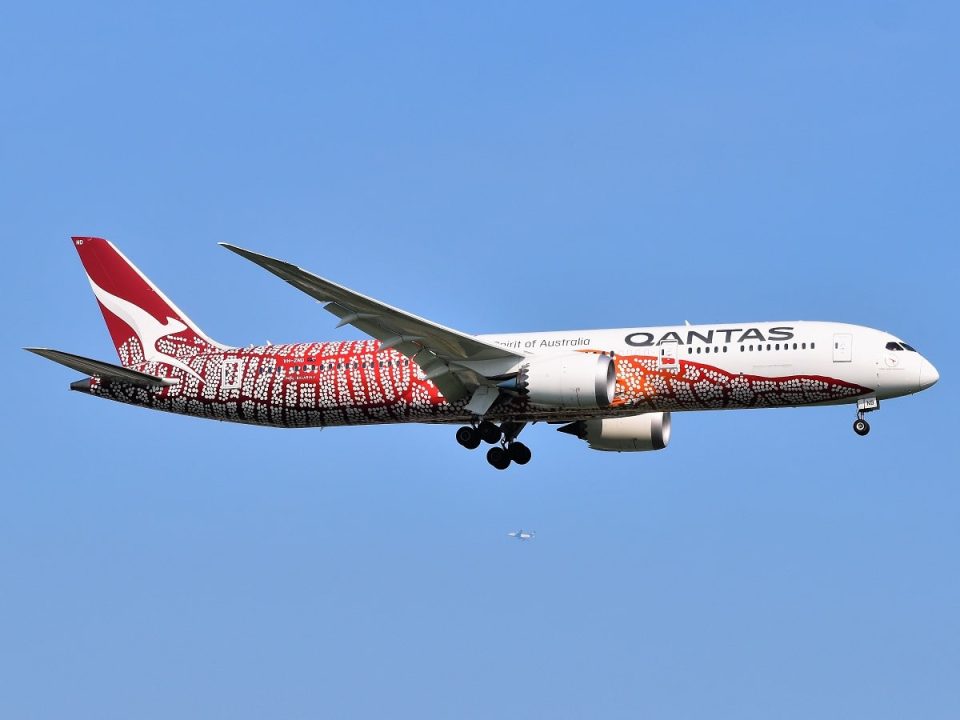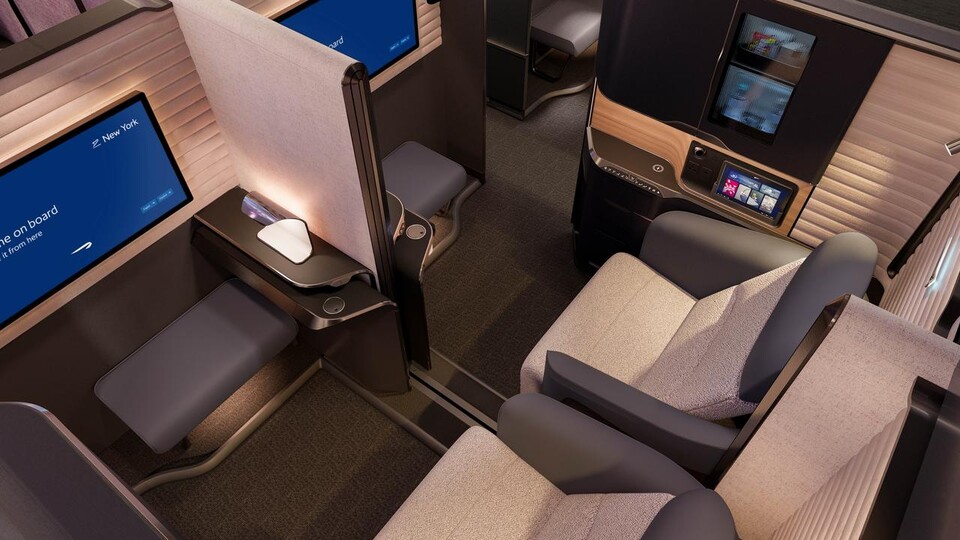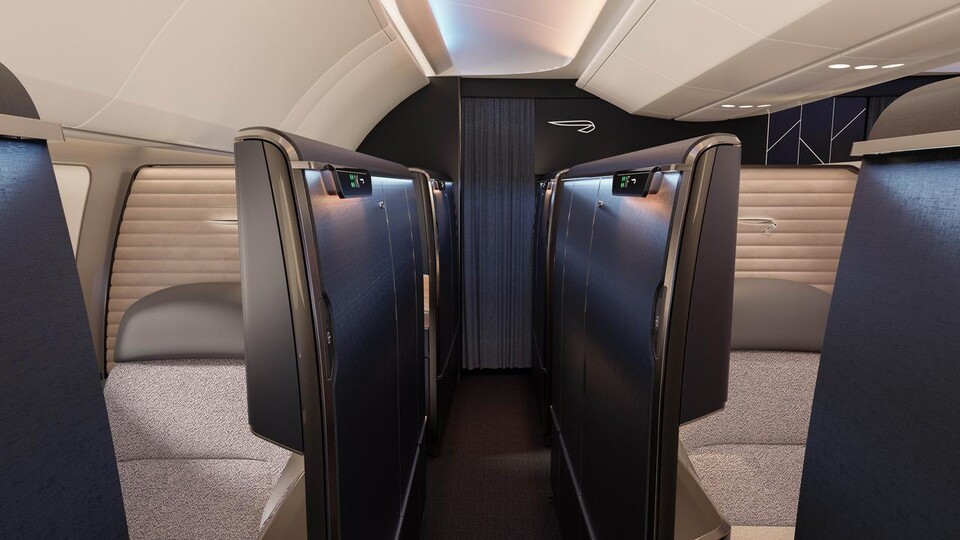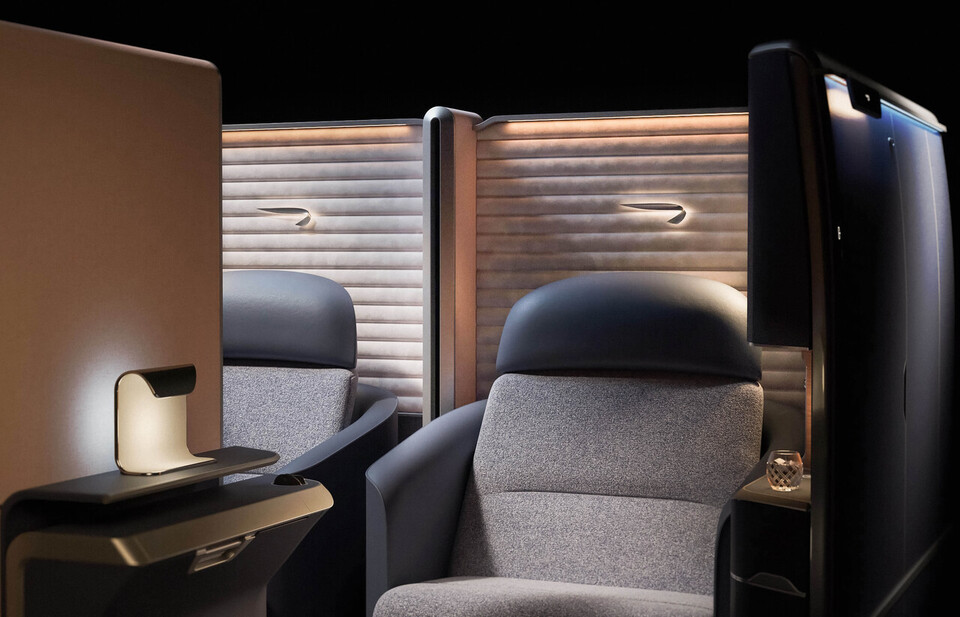Airlines
Qantas relaunches direct services between Sydney and San Francisco

Qantas nonstop flights to Sydney were welcomed back today at the San Francisco International Airport after a three-year gap caused by the epidemic. With Boeing 787 Dreamliners, the national airline of Australia intends to fly three times a week between SFO and Sydney.
Qantas has selects the Airbus A350-1000 for ‘Project Sunrise’(Opens in a new browser tab)
As the Queensland and Northern Territories Aerial Services Limited, Qantas is one of the biggest and most established airlines in the world. It was established in 1920. With service between Darwin, Australia, and Singapore, Qantas launched its international flight operations in 1935. As its inaugural jet service, Qantas flew a Boeing 707 from Sydney to San Francisco via Nadi, Fiji, and Honolulu, Hawaii, in 1959. The airline stopped operating at SFO on April 5, 2020, owing to the COVID-19 pandemic.
Ivar C. Satero, the airport director, remarked, “We are delighted to welcome Qantas back to SFO.” “As the oldest continuously operational airline in the world, we have a rich history together and are eager to start the new chapter today. We appreciate Qantas’ dedication to SFO and are confident that this service will be a success going forward.
Israel’s El Al to resume India flights using Saudi corridor(Opens in a new browser tab)
SFO is thrilled to welcome travellers back to the skies with a new airport experience that offers easy access, considerate services, environmentally friendly design, and motivational artwork and displays.

Airlines
British Airways Unveils Its Brand-New First Class Cabin for the Airbus A380

British Airways has introduced its brand-new First Class seat, blending sleek design with expert British craftsmanship. Reflecting modern British luxury travel, this new cabin is part of the airline’s Airbus A380 retrofit plans, set to take flight in mid-2026.
The updated First Class cabin has been crafted to feel like a modern luxury hotel in the sky, complete with cozy touches and thoughtful British details.
Etihad Airways Unveils 10 Exciting New Routes for 2025
Designed by top experts from across Great Britain and Ireland—including London, Glasgow, West Yorkshire, Kilkeel, and Dublin—the seat reflects the best of British design and quality.
Features and Comforts
The new First Class seat is ultra-wide at 36.5 inches, with a bed length of 79 inches for ultimate comfort. It includes:
- A multi-purpose ottoman and stowable table.
- A 32-inch 4K TV screen.
- Adjustable mood lighting with modes like “relax,” “dine,” and “cinema.”
- A cocooned 60-inch curved wall for privacy while maintaining a spacious feel.
Passengers traveling together can enjoy a shared experience with a sliding divider that creates a lounge-like space. The stowable tables also allow for “buddy dining,” where two people can dine together.
The cabin’s flowing curves, inspired by the iconic Concorde wings, create a welcoming and stylish environment. Additionally, passengers can now wheel their luggage directly into their personal storage space, making settling in easier.
This country tops visa rejections in the popular Schengen countries
British Airways carefully considered customer feedback when designing this cabin. The seat includes practical storage and features like a fully rectangular bed for home-like comfort. Every detail, from usability to elegance, has been designed to enhance the travel experience.
British Airways is proud to be the only UK-based European airline offering a First Class product across the Atlantic. british airways premium economy and First Class travelers enjoy exclusive perks such as stylish seats, access to luxury lounges, fast-track security, and the First Wing at Heathrow. The airline ensures a premium experience from booking to landing.
This cabin upgrade is part of British Airways’ £7 billion investment in improving customer experiences. The airline has already introduced over 120 initiatives, including new short-haul seats, free onboard Wi-Fi messaging, and refreshed lounges worldwide.
-

 Aviation2 months ago
Aviation2 months agoMicrosoft Flight Simulator Raises $3 Million to Bring Back the An-225 Mriya
-

 Airlines2 months ago
Airlines2 months agoQatar Citizens Can Travel to the United States Without a Visa
-

 Aviation2 months ago
Aviation2 months agoQatar Airways bans these new Electronic Devices on plane
-

 Airlines2 months ago
Airlines2 months agoJapan Airlines Rolls Out Free Domestic Flights to International Passengers
-

 Defence2 months ago
Defence2 months agoWhich Country Has the Largest Fleet of Fighter Aircraft?
-

 Airport2 months ago
Airport2 months agoWestern Sydney Airport Welcomes Its First Plane After 6 Years of construction
-

 Airlines4 days ago
Airlines4 days agoDAMAC Air: Dubai’s New Luxury Airline Offers Free Flights for Registration
-

 Aviation2 months ago
Aviation2 months agoDid you know ? Once Boeing 747 carried 1088 passenger in 1991










